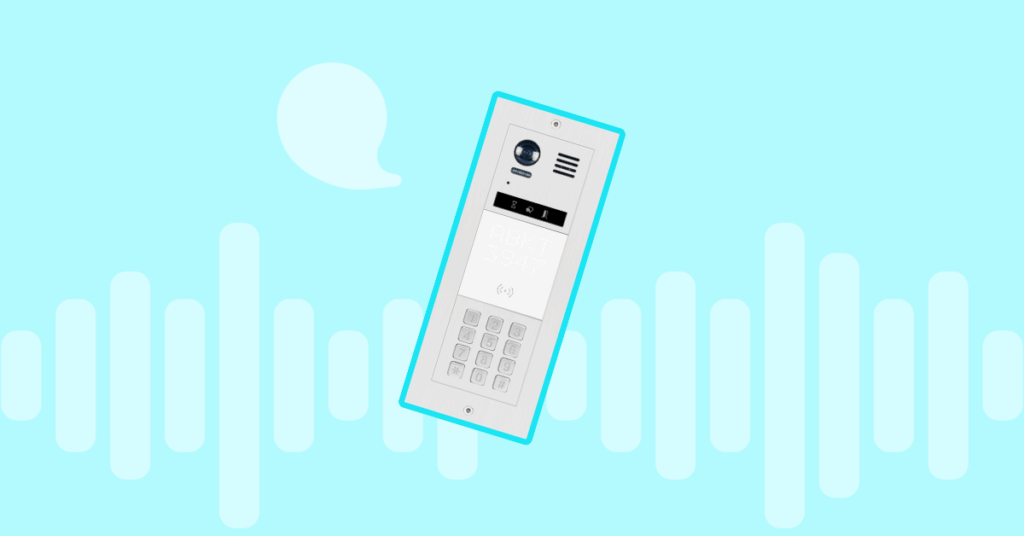
Table of contents
VoIP has come a long way from when it first launched as an inexpensive way to make calls. Consumers were the first to embrace VoIP technology but enterprises were not far behind. Cost was the initial driver for organizations to adopt VoIP. Once they switched over, companies began to realize there was more to VoIP than cheap calls. Companies now have access to a vast array of advanced capabilities that the PSTN could not provide.
The biggest benefit of VoIP is that it is built on Internet protocols. This allows VoIP to integrate and interact with other modern digital applications. It is easier to move data between VoIP and other enterprise systems. Call information can now be shared with CRM or sales applications. You can send voicemails straight to employee inboxes, already transcribed and ready for further action. You can eliminate fax machines from your company thanks to digital faxing.
What’s Next for Enterprise VoIP?
Today’s organizations are making the leap from VoIP to unified communication. Any unified communication suite has VoIP as the foundation and core technology. But UC is more about streamlining corporate communication channels. UC tools ensure that all your communications apps look and feel the same across channels like voice, text and video. Just because you have unified communication in your company doesn’t mean you can share data.
Apart from unified communication, data sharing is a top priority for enterprises. Integration with third-party applications and enterprise systems is becoming a focus for business organizations. Integration and interoperability generally mean one thing – the ability to share data seamlessly between applications. Data is the key to success in today’s economy and organizations will do anything to unlock its power.
Integrating VoIP with Other Enterprise Tools
The first step of data sharing is making sure that two applications can talk to each other. This requires standardized protocols for data formats, network protocols for communication and many other software pieces. Traditionally data sharing has been a much more cumbersome and complex process than it is today. Developers have to write separate pieces of software for each application and use specific ports that have to be kept open to share data.
Today the task is accomplished almost completely by APIs. API stands for Application Programming Interfaces. In basic terms, an API allows two applications to communicate with each other for a specific purpose. The developers of a piece of software can also publish APIs so that third-party applications can request services and data. API-based data sharing has two components – the communication protocol and the data interchange format. Most modern applications use the REST protocol and JSON data format, although other alternatives are available.
What Can Your Business Do with APIs?
Many companies have already opened up their software to developers through APIs. However the only applications that used these APIs were other enterprise tools. Gradually organizations started realizing that they can hook their in-house VoIP service into third-party programs using the same APIs.
Take the example of Salesforce. It is the most popular CRM software and is popular in many industries. Quite a number of reputable VoIP service providers offer integration with Salesforce for their clients. This data integration actually uses APIs for communication and data transfers. In some cases this integration works out of the box i.e. it works as long as you have a Salesforce account and an account with your VoIP service provider. You generally don’t have to do anything beyond connecting the two applications. Not all service providers offer this option. But you can create your own integrations using public APIs.
Imagine the opportunities that APIs open up for any business. Data that was hitherto locked up in voicemails, call records and messages can now be used more effectively. You can now share this information with other applications, enterprise software etc. Salesforce integration means that voicemails and call records can be attached to a customer file. You can use information from inside the Salesforce app or your VoIP account.
We can take this integration a step further as well. Your customer records will have an address and phone number on file. Imagine if you can use the APIs for Google maps to locate customer addresses on a map in an instant. This sort of data can be useful for service technicians or repairmen who have to visit customers for any reason. Service reps can send directions to technicians who are on the road, saving valuable time. You don’t need specialized software or devices for this to work either.
That is one example of what you can do with APIs. Integrating your VoIP service with third-party programs carries some risks as well – data privacy and security are prime concerns. But with the right measures in place, third-party integration can unlock new opportunities for your business right away!
More from the blog
Want to improve your business communication?
Unlock enterprise-class call center power at affordable prices – no hardware, no delays, no surprises!






